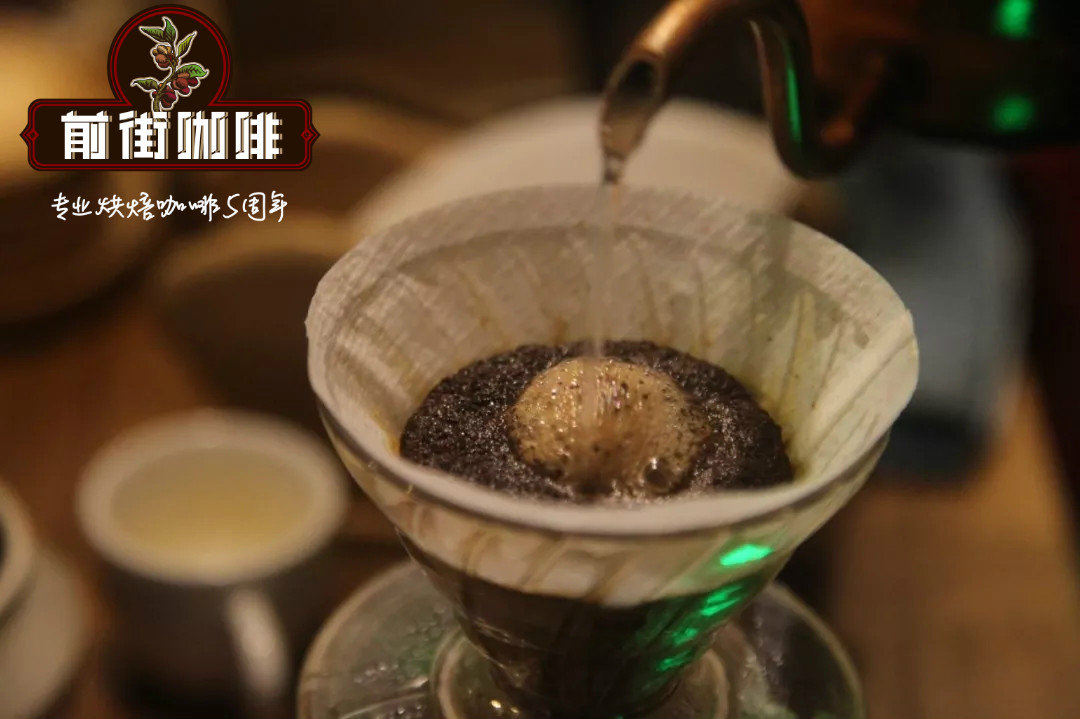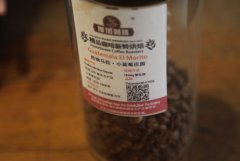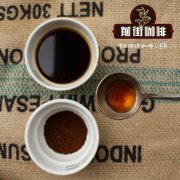How to adjust the grinding degree of hand bean grinder? How is the grindability of hand-brewed coffee determined?

Professional coffee knowledge exchange more coffee bean information please follow the coffee workshop (Wechat official account cafe_style)
Retro hand mill I believe that many friends have seen it in many coffee shops, and even many little sisters in the literature and art department have fallen in love with coffee since they saw the retro coffee mill. No matter at home or in the store, as soon as you take a picture, there will be a kind of retro literature and art. Although the retro hand mill is a good helper for taking pictures, the editor still let it play its most fundamental use today.
The editor first disassembles the parts of the retro hand mill. You can take a look at the picture below to know the name of each part. The upper gear and the curved adjusting piece form a device for adjusting the grinding degree, thinking that the cutter heads of the retro hand grinding are conical, which is composed of a moving cutter head and a fixed cutter head. The moving cutter head is connected to the axis and the high and low distance between the two cutters is fixed by the adjusting device so as to adjust the grinding degree.
Because there is no scale for retro hand mill to adjust the grinding degree, the editor first affixed a label on the gear and first turned around and found that it was relatively fine, so he turned half a circle to test its sieving rate of 10g powder passed 5.7g, and the pass rate was 57%, which was similar to that of the usual BG 5R.
Used to make a cup of [Guatemalan] coffee.
Technique: 89 ℃ water temperature, 1:15 ratio of powder to water, 15 grams of powder. First steam with 31 grams of water for 30 seconds, then stop injecting water to 130 grams, continue to inject water to 225 grams after seeing the powder bed, remove the filter cup after seeing the powder bed, and the total cooking time is 2: 05 ".
Flavor: smoked, caramel, cream, chocolate, cleaner as a whole, soft sour taste, short finish, relatively less astringent, but woody taste still exists.
Let's try to replace the fine powder with a cake cup without changing the grinding degree.
Technique: 89 ℃ water temperature, 1:15 ratio of powder to water, 15 grams of powder. First steam with 40 grams of water for 30 seconds, then stop injecting water to 125 grams, continue to inject water to 229 grams after seeing the powder bed, remove the filter cup after seeing the powder bed, and the total cooking time is 2: 18 ".
Flavor: chocolate, passion fruit, cream, caramel, grape, berry sour, overall clean and no astringent and woody taste.
Through the experiment of V60 and cake cup [Guatemala], the overall flavor of this bean can be shown basically, but the flavor of [cake cup] is better in the retro hand mill. Xiaobian this may be related to the uneven grinding coffee powder, after all, there are many coarse particles in addition to fine powder.
[V60] because of the trickle type, although we have used segments to make the coffee extraction more balanced, it is difficult to avoid over-extraction and insufficient extraction of coffee powder with uneven thickness at the edge of the filter cup and concentrated at the bottom.
Because the cake cup is flat-bottomed and there are only three small holes, it spends most of its time in the process of immersion and extraction, coupled with the fact that the filter paper of the cake cup is wavy, which can better prevent the water from rushing to the edge and lead to uneven extraction of coffee powder.
END
Important Notice :
前街咖啡 FrontStreet Coffee has moved to new addredd:
FrontStreet Coffee Address: 315,Donghua East Road,GuangZhou
Tel:020 38364473
- Prev

Boil blueberry Pacamara with V60, hollowed-out filter cup, cake filter cup and trapezoidal filter cup
Professional coffee knowledge exchange more coffee bean information please follow Coffee Workshop (Wechat official account cafe_style) Blueberry Manor has shown its strength in various competitions in recent years. In 2018, the estate's Pacamara won the third place in COE! When you test the blueberry Pacamara in the cup, you can feel that this bean has the acidity of Mingde virgin fruit, berry, raspberry and orange.
- Next

Is the card pot a tool for extracting espresso? It is common in European and Latin American countries
Moka Pot is a tool for extracting espresso, which is widely used in Europe and Latin American countries, and is called Italian trickling filter in the United States. The mocha pot has a two-layer structure, and when the water in the lower part is boiled, it is sprayed into the upper half of the pot through a mesh filter containing coffee powder. Although hot water can be injected into finely ground coffee without using air pressure.
Related
- What is the Philharmonic pressure? How to use Philharmonic pressure to make delicious coffee
- Why does a hand grinder have more fine powder than an electric grinder?
- In addition to the hot mom, what is the difference between the versions of EK43 | ditting and Mahdi ek43?
- What kind of equipment do you need to make coffee by hand? Introduction to novice starter cooking equipment tools
- Espresso needs to be ground how thick and thin scale entry Italian Coffee Machine Bean Grinder investigation and Grinding course
- How much does it cost to open a small private cafe? How much does it cost to learn coffee? How to operate it?
- The difference between the flavor characteristics of hand-brewed coffee and coffee maker is hand-brewed coffee really better than coffee maker? Can I use a coffee machine to make coffee beans by hand?
- The difference between 01 and 02 of hario v60 filter cup what is the difference between 01 and 02 filter cup opening and cooking flavor
- What's the difference between the smart cup and the French kettle? Which is better, the French kettle or the Smart Cup?
- What's the difference between a smart cup and a V60 filter cup? The difference between the taste of smart cup and hand-brewed coffee

